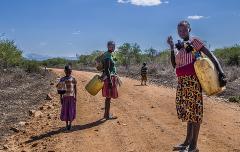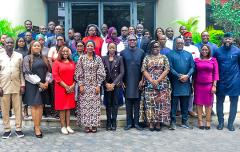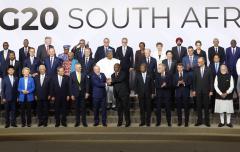Public consultations on new SEforALL Global Tracking Framework - Deadline Extended
United Nations, Vienna, 4 February 2015 - Sustainable Energy for All has kicked off public consultations on the second edition of its Global Tracking Framework (GTF) report, a key tool to measure progress against SEforALL's three global objectives.
Information briefings on the 2015 edition of the Framework, which will be launched later this year, were held in Vienna on 3 February for Permanent Missions to the UN and civil society organisations, hosted by the Permanent Mission of Austria in collaboration with SEforALL, the World Bank and the United Nations Industrial Development Organisation (UNIDO). The public and peer review process is taking place globally and will remain open until 16 February 2015.
The SEforALL GTF is a global data platform and monitoring system designed to support SEforALL's efforts and allow rigorous and transparent tracking of progress towards the three global 2030 objectives on energy access, energy efficiency and renewable energy. The first edition, covering data up to 2010, was released in May 2013. The development of the second edition, which reports progress in the tracking period 2010-2012, is being coordinated by the World Bank, the International Energy Agency (IEA) and the Energy Sector Management Assistance Program (ESMAP) in close cooperation with more than 20 agencies.
The draft report can be seen and contributions to the review process made through the portal of REN21+ at ren21plus.ren21.net/. Once a user account for the portal is created, reviewers can access the review platform at ren21plus.ren21.net/node/2815360. (For technical questions please contact help@ren21.net, and for content related questions please use jdewit@worldbank.org.)
The team is seeking feedback in particular on the following questions:
- Is the two-year tracking of SEforALL indicators clear?
- Is the discussion on methodological issues and progress relevant?
- Is the analysis of “access to sustainable energy technology” relevant?
- Is the description of linkages between energy and food/water/health/gender provided in the Nexus Chapter well framed and focused on the key aspects?



